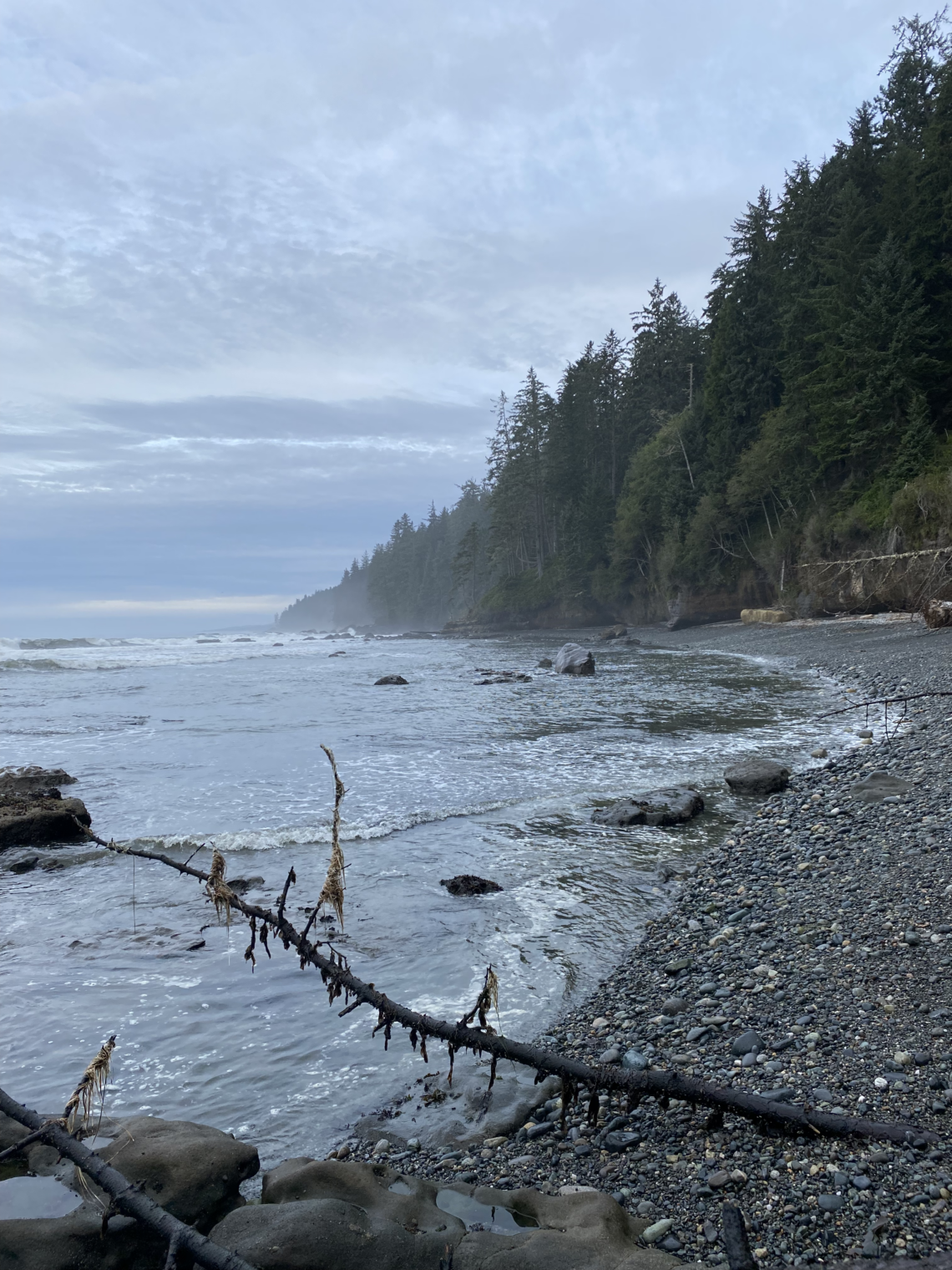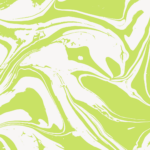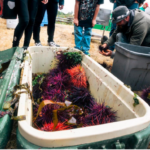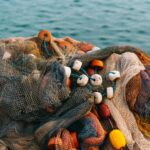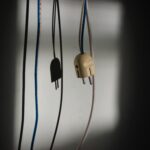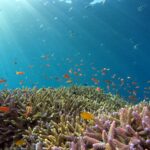This past weekend I went on a group hiking trip starting at Sombrio beach heading North on the Juan de Fuca trail. Both nights we camped right on the beach, so I thought I would have lots of access to marine life and tide pools to explore. Since I’ve explored Botanical beach tide pools, I assumed the tide pools along the trail might be similar, but the landscape was quite different. I quickly realized that along this area of the coast, marine life isn’t as prolific due to the more pebbly beaches and the intensely strong surf along the Juan de Fuca. At Botanical beach, there’s very large rocky outcroppings with deep tide pools that protect the marine life from the strong waves, making it a more inhabitable beach than Sombrio and just North of Sombrio.
However, I was able to see lots of seals playing in the water in packs in the mornings, which was quite sweet. I found a small colony of commonly seen Aggregating anemones tucked in to a small rocky area on Sombrio:
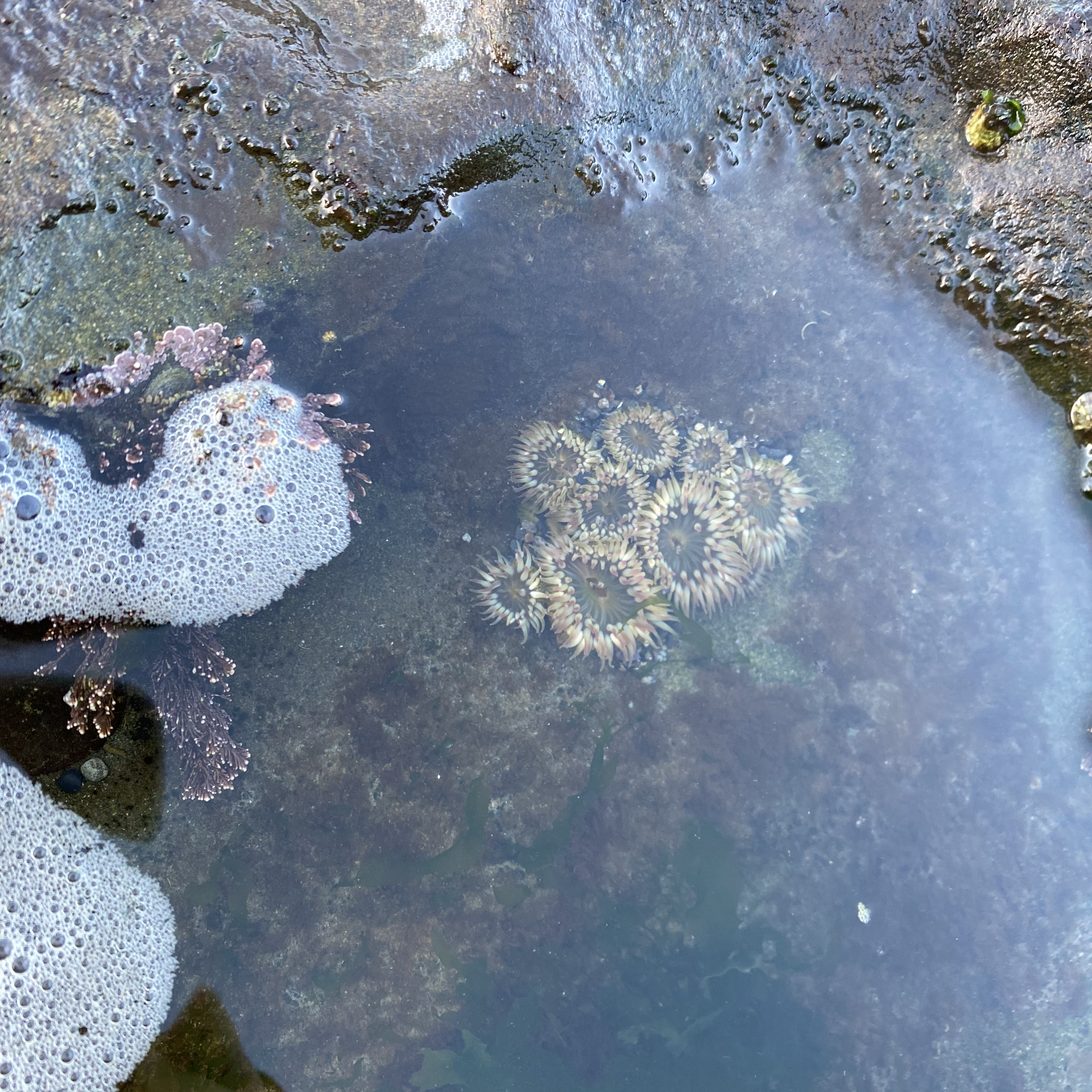
I also found 3 Giant Pacific chitons washed up on Sombrio; two around 5 inches long and another that was about 7-8 inches:
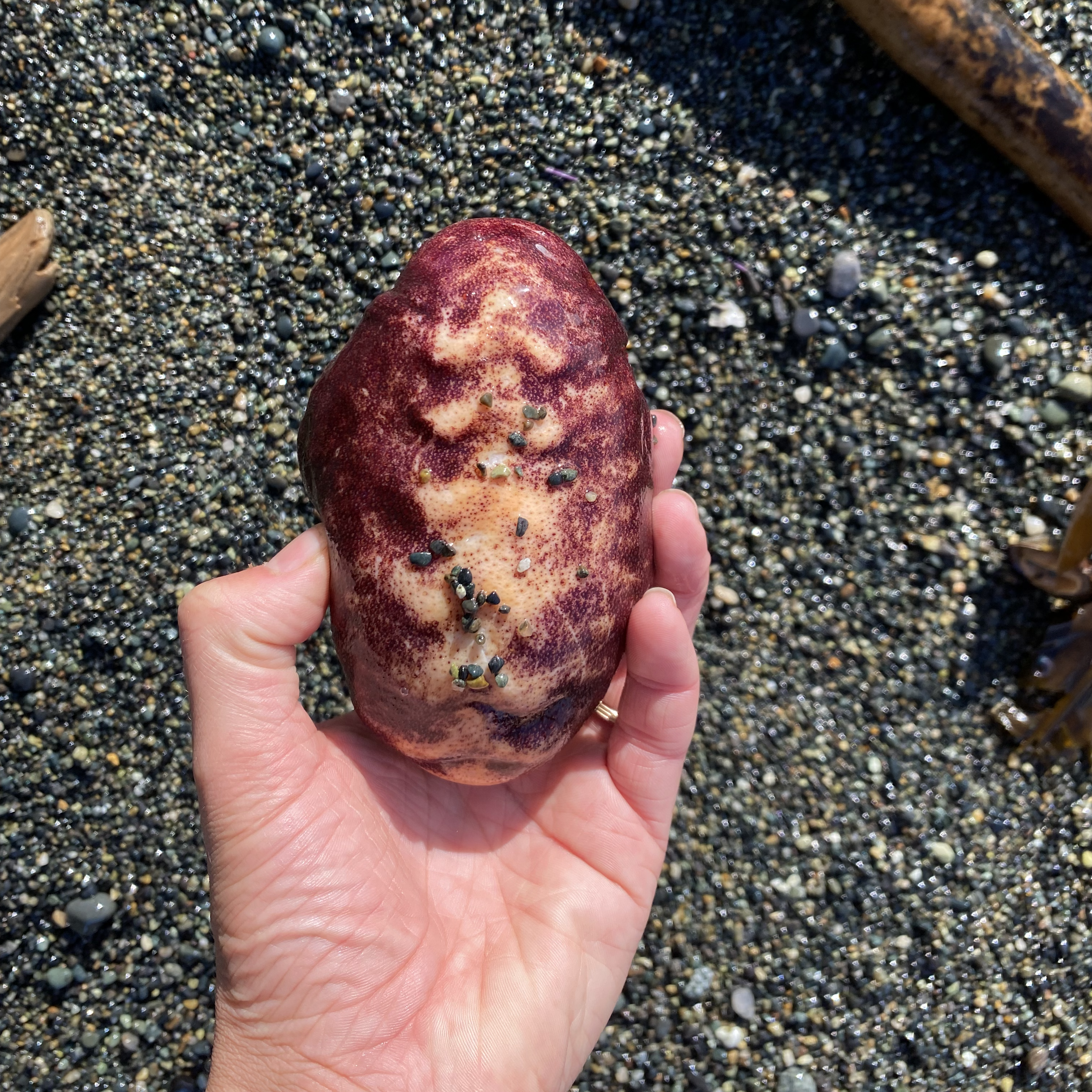
Because of the lack of tide pools, I found myself looking much closer at the small ones I did find, even if there was ‘inactivity’ at first glance. I noticed these tiny creatures swimming around in a pool:
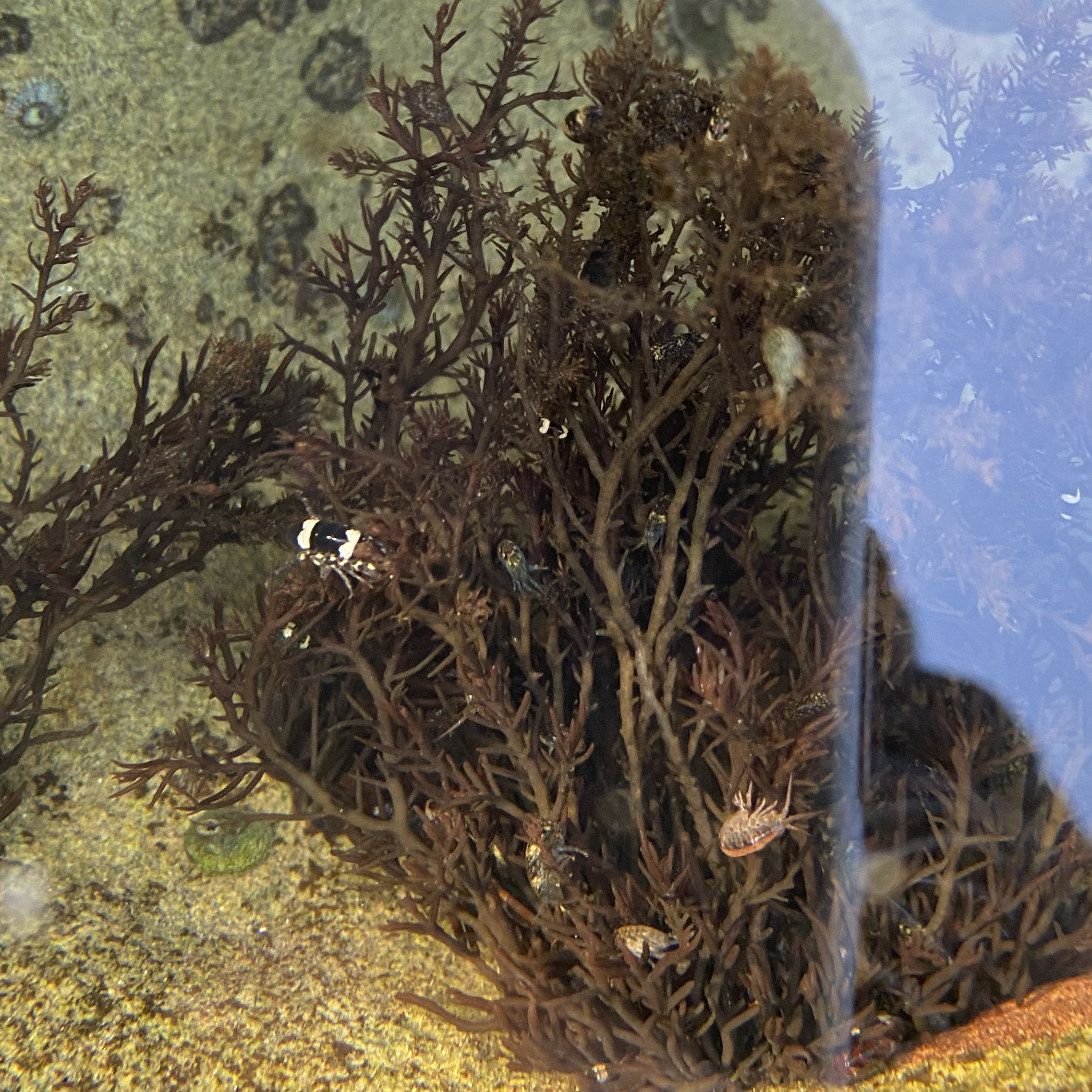
I was able to identify these as amphipods in my tide pool book, The New Beachcomber’s Guide to the Pacific Northwest. In this photo, there’s one species that’s pinkish, one that is brown with bluish legs, and one that has black and white markings on its back. However, I found it very difficult to identify the specific species of amphipods that I found as there are so many different types which are common along the West Coast.
I hope to get to Cattle Point this weekend to explore and take some more photos and possibly some video footage to broaden medias on my blog.
